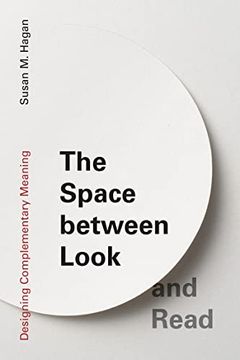Synopsis "The Space Between Look and Read: Designing Complementary Meaning (in English)"
Unleashing the potential that can be found in the space between words and images. Designers have long understood that image, text, and typeface can work together to produce new meanings, creating semiotic registers impossible to achieve with image or text alone. In The Space Between Look and Read, a study of complementary meaning in design, Susan Hagan presents a framework, called Inter-play, which explains how these new meanings emerge. Inter-play is not simply an analytical tool; it is also a method for using complementary meaning to encourage critical thinking in design audiences. Drawing from cognitive psychology, art theory, discourse analysis, design, and rhetoric, Hagan breaks down the synthesis of looking and reading into a complex series of registers, which are revealed through examples of excellent design. Thus, the book is both a theoretical exploration of how designers communicate and a casebook in communication well achieved. From the physiology of vision to the limits of language, from Allan Paivio to Uwe Loesch, The Space Between Look and Read expands our understanding of complementary design and argues that by engaging audiences through multiple cognitive registers, complementary design serves as a cognitive tool, helping audiences reach new conclusions about complex problems.

